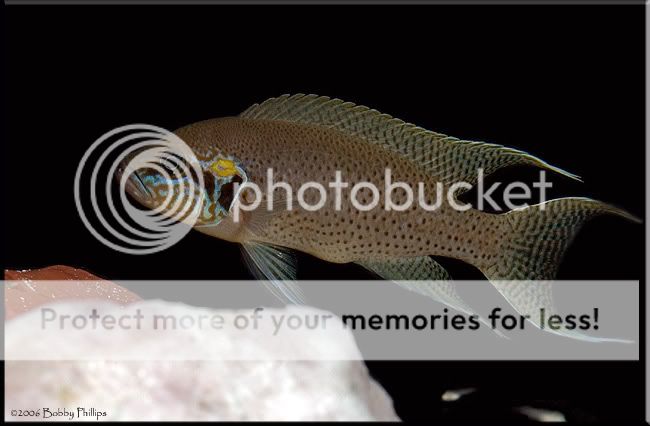longstocking
Members
Just thought I would let everyone know. N. brichardi is now classified as N. pulcher.
Wasn't n. pulcher used exclusively for the fish sold as daffodills?[/b]


Point taken Daniel, but there is a significant variable introduced -- you are talking about fish in an aquarium rather than in the wild. Maybe it's a better indication of species identity that they behave one way in the wild and another in the aquarium. Or maybe it's insignificant. I didn't read the paper. Can you confirm that it was addressing wild behaviors? I made this assumption. Just thinking back to our discussion of julie and altolamp trios which I believe you indicated do not happen in nature, but only in the aquarium.[/b]
I bred pulchers quite a while ago. But, from what I remember I only had a pair in the tank. At that time I was keeping them in 20 gallons. Now I prefer 30 gallons. The 20 gallon didn't allow for much room. I sold the fry and parents pretty early on ... so I didn't really get a chance to observe much. But, from what I remember, I agree with you... they weren't "as" tolerant.... but this could have been due to the size of tank as well.
I noticed this same behavior in N. splendens. Not as tolerant.... but when I bred these I found them to be the most evil type of pulcher/brichardi I have kept ( they wouldn't tolerate anything over 3/4ths of an inch). You bought some of these a while back... did you notice the same thing in the f1's? I know you said you were just going to sell them.... but maybe you bred them? But these are really quite different from all the rest. Shorter bodies, smaller broods etc. But... these were once classified as brichardi. The were split off about 3-4 years ago I think.[/b]

